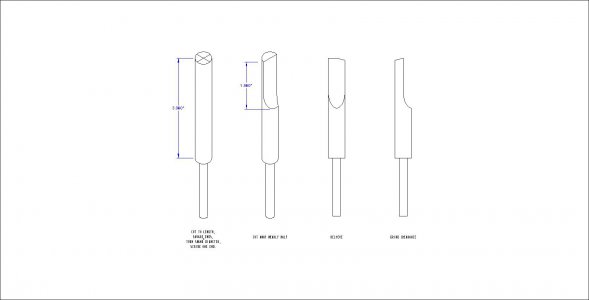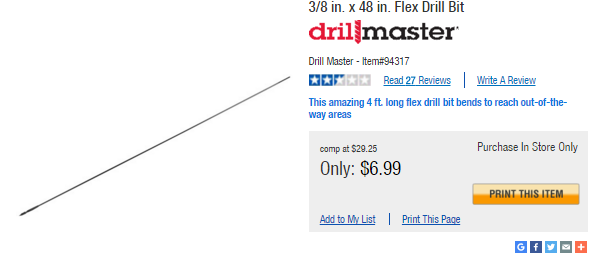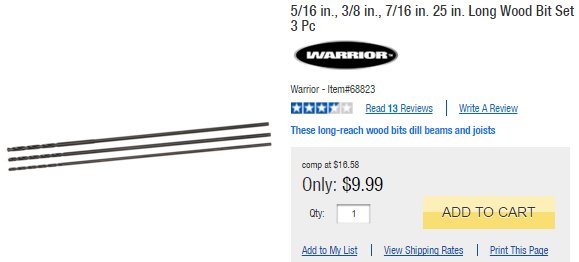- Joined
- Dec 22, 2015
- Messages
- 404
Sorry for the delay, but I finally found it. They are called D-bits and are made from a length of drill rod (length dependent upon need). Here is a link to one thread that goes into the idea. Part of the way down the thread, there is another link that discusses the making of the bits. Hope it helps!
http://www.hobby-machinist.com/threads/deep-hole-drilling.20208/
http://www.hobby-machinist.com/threads/deep-hole-drilling.20208/



